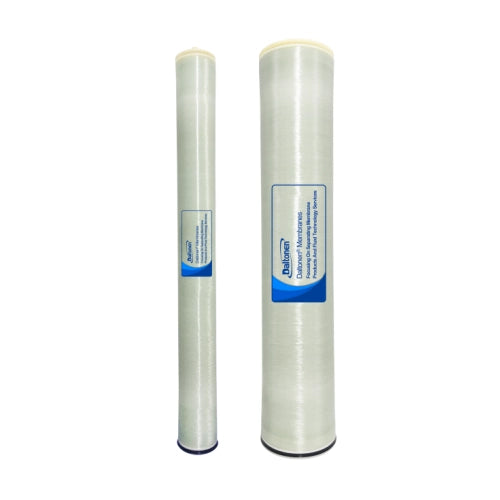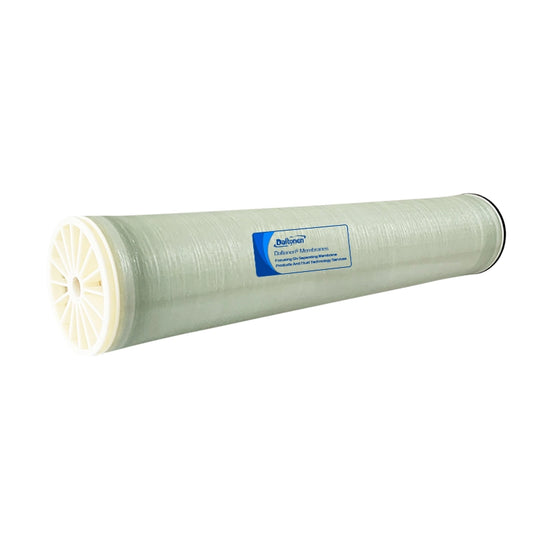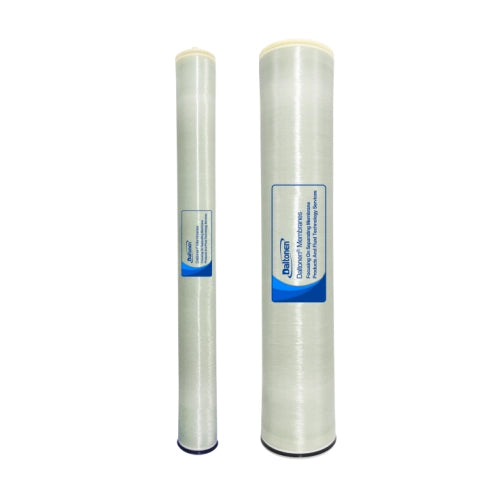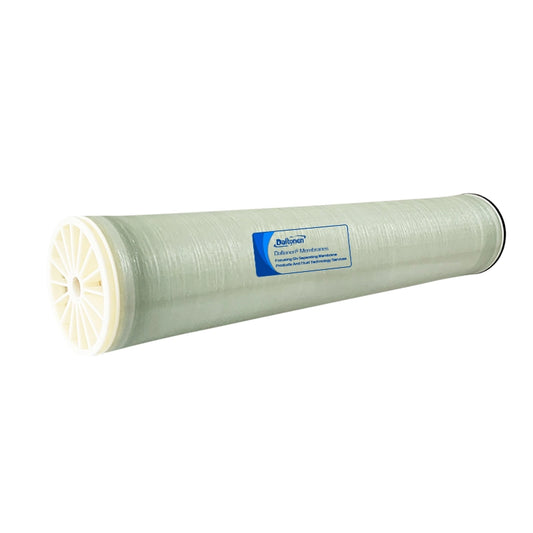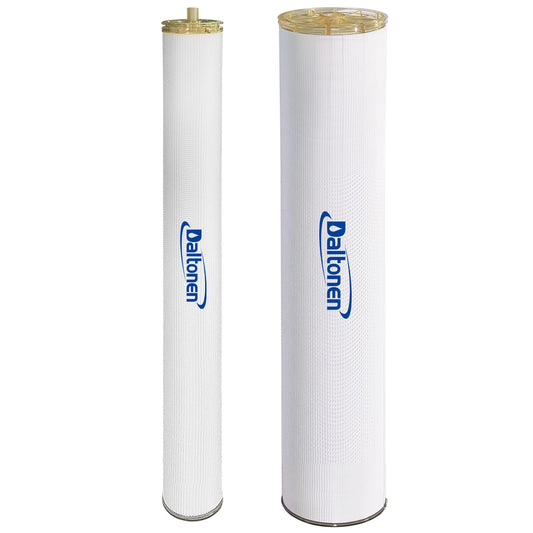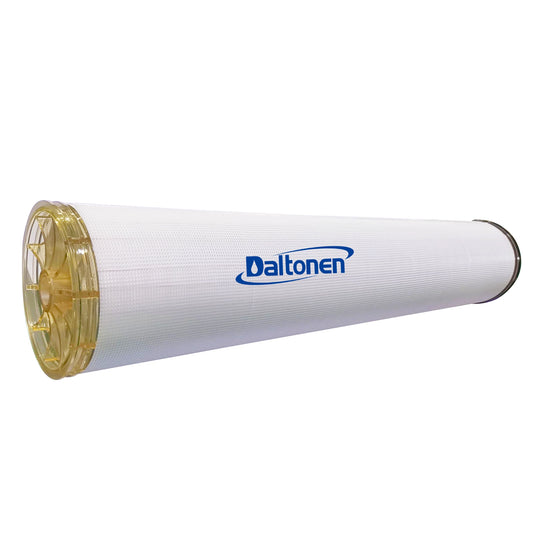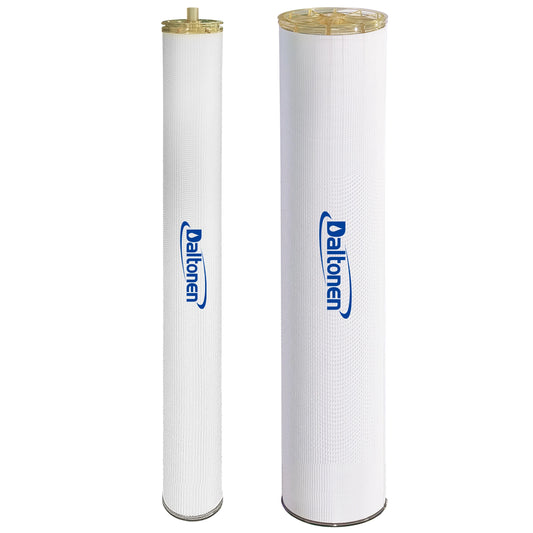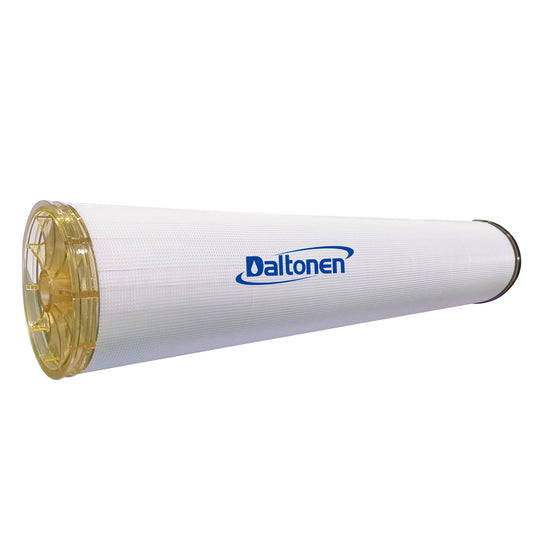Synergistic Evolution of New Material Production and Reverse Osmosis Membrane Application
Abstract: As the core of national strategic emerging industries, the development of the new materials industry is highly dependent on advanced and precise manufacturing processes. The production of numerous high-end new materials imposes near-stringent requirements on the purity of water, a key auxiliary medium. Reverse Osmosis (RO) membrane technology, the cornerstone of modern water treatment, has evolved from a supplementary technology into a critical enabling technology supporting the high-quality development of the new materials industry. This article systematically elaborates on the profound and indispensable symbiotic relationship between new material production and RO membrane application from the perspectives of technical principles, application cases, and synergistic development.
I. Core Logic: Why Does New Material Production Heavily Rely on RO Technology?
The "newness" of new materials is often reflected in their ultra-high purity, specific microstructure, and excellent performance. Trace amounts of impurities can become defect centers, leading to a sharp decline in product performance or even failure. Water, as the most commonly used cleaning agent, solvent, and reaction medium, directly determines the ultimate quality of the materials.
-
The Critical Impact of Impurities: Taking electronic-grade new materials as an example, trace ions (Na⁺, K⁺, Ca²⁺, Cl⁻), particulate matter, Total Organic Carbon (TOC), and bacteria/endotoxins in water can cause the following issues:
-
Ionic Contamination: Increases leakage current and causes gate oxide breakdown in integrated circuits, significantly reducing device yield and reliability.
-
Particulates: Cause scratches and short circuits on semiconductor wafers or display panels.
-
TOC and Microorganisms: In the biopharmaceutical industry, they can affect cell growth, alter protein structures, and even introduce pyrogens.
-
RO membrane technology, leveraging its physical sieving (pore size ~0.1 nm) and solution-diffusion mechanism, can efficiently remove over 99% of dissolved salts, colloids, organic matter, and microorganisms from water. It has become an indispensable core front-end desalination technology for producing the Ultrapure Water (UPW) required by the new materials industry. It serves as the first and most critical barrier in the lengthy process chain that purifies ordinary tap water to "electronic grade" or "injection grade" standards.

II. Typical Case Studies: Applications of RO Membranes in Specific New Material Production Processes
Case 1: Semiconductor Wafer Fabrication and Ultrapure Water Preparation
-
Process Requirement: Semiconductor chip manufacturing is one of the fields with the most stringent water quality requirements. The required UPW must have a resistivity of 18.2 MΩ·cm (at 25°C), TOC content less than 5 ppb, and near-zero particulate count (>0.05 µm).
-
Technical Solution and the Role of RO Membranes:
-
Pretreatment: Raw water undergoes multimedia filtration, activated carbon adsorption, and cartridge filtration to remove suspended solids, residual chlorine, and partial organic matter, meeting the feed water requirements for RO membranes.
-
Primary Reverse Osmosis: Utilizes fouling-resistant polyamide spiral-wound RO membrane elements to remove the vast majority (>99%) of dissolved salts and organics. This step is the core of desalination, reducing water conductivity from hundreds of µS/cm to single-digit µS/cm.
-
Secondary Reverse Osmosis: Provides deep desalination of the primary permeate, further ensuring water quality stability and providing high-quality feed water for the subsequent EDI system.
-
Polishing Treatment: The RO permeate enters an Electrodeionization (EDI) unit (which combines ion-exchange resins and selective ion-exchange membranes without chemical regeneration) to elevate water quality close to UPW standards. Finally, UV sterilization and mixed-bed polishing produce water with the ultimate resistivity of 18.2 MΩ·cm.
-
-
Critical Role: The RO system acts as the "primary desalination workhorse" and provides "pre-protection" in this chain. Its stable and efficient operation significantly reduces the load on the downstream EDI and polishing mixed beds, lowering chemical consumption and operational costs, and is fundamental to the long-term economical and stable operation of the UPW system.
Case 2: Process Water for Lithium-Ion Battery Separator Production
-
Process Requirement: The production of lithium battery separators (e.g., PE/PP porous membranes) requires extremely high water quality, with strict limits on metal cation content (e.g., Fe, Ca, Na). If these ions remain on the separator surface, they can migrate to the electrodes during charging/discharging, causing internal short circuits, accelerated self-discharge, and seriously compromising battery safety and cycle life.
-
Technical Solution and the Role of RO Membranes:
-
Core Purification: A two-pass RO system is used for advanced purification of tap water, ensuring very low ion content in the product water.
-
Water Quality Assurance: RO permeate is used for preparing coating slurries for separators, cleaning production lines, and for humidification in facility systems. Its low ion content effectively prevents the introduction of impurities, ensuring the cleanliness and consistency of the separator product.
-
-
Critical Role: RO technology provides the fundamental water quality guarantee for the "clean production" of this critical new material, acting as an unsung hero in enhancing the energy density and safety of power batteries.
Case 3: Dilution of High-Purity Chemicals for Advanced Display Panels (OLED/Micro-LED)
-
Process Requirement: The manufacturing of OLED or Micro-LED panels requires vast quantities of UPW to dilute ultra-high purity chemicals such as photoresists, developers, and etchants. Any impurities in the water can cause defects on micron or even nanometer-scale circuits, leading to bright spots, dark spots, or line breaks.
-
Technical Solution: The UPW production process is similar to that in the semiconductor industry, also centering on RO technology as the core front-end treatment. There are extremely high requirements for the rejection rate, TOC removal rate, and permeate stability of the RO membranes.
-
Critical Role: The RO membrane system ensures the absolute purity of the UPW used for dilution, thereby guaranteeing the accuracy and stability of chemical formulations, and is a key factor in improving panel yield and display quality.
III. Synergistic Evolution: How New Material Demand Drives RO Membrane Technology Advancement
The pursuit of ultimate water quality by the new materials industry, in turn, drives the continuous advancement of RO membrane technology, creating a virtuous cycle of "demand-pull and technology-push":
-
Higher Rejection Rates and Lower Leachables: To meet stricter ion content requirements, new high-flight, high-rejection RO membranes (e.g., those optimized through interfacial polymerization techniques for the polyamide separation layer) are constantly being developed. Simultaneously, the membrane materials themselves must have very low leachables to avoid introducing new contaminants.
-
Enhanced Fouling Resistance: The requirement for continuous, stable operation in new material production places higher demands on the fouling resistance (against organic and biological fouling) of RO membranes. Surface modification (e.g., hydrophilic coating) is a primary technical path.
-
Broader pH and Temperature Tolerance: To withstand harsher cleaning conditions or specific feed water qualities, RO membranes with wider pH and temperature tolerance (e.g., using novel support layers or special polymers) are a key R&D direction.
Conclusion
A solid technical link has been forged between new material production and RO membrane application. RO technology is deeply embedded in the value chain of manufacturing key new materials—from semiconductors and advanced displays to new energy batteries—serving as a foundational technology that ensures product quality, improves yield, and reduces costs. In the future, as new materials evolve towards greater precision, purity, and intelligence, the requirements for UPW quality will become even more stringent. This will inevitably continue to drive breakthroughs in the material science of RO membranes, understanding of transport mechanisms, and system integration, further solidifying its strategic position as the "aqueous core" of high-end manufacturing.
